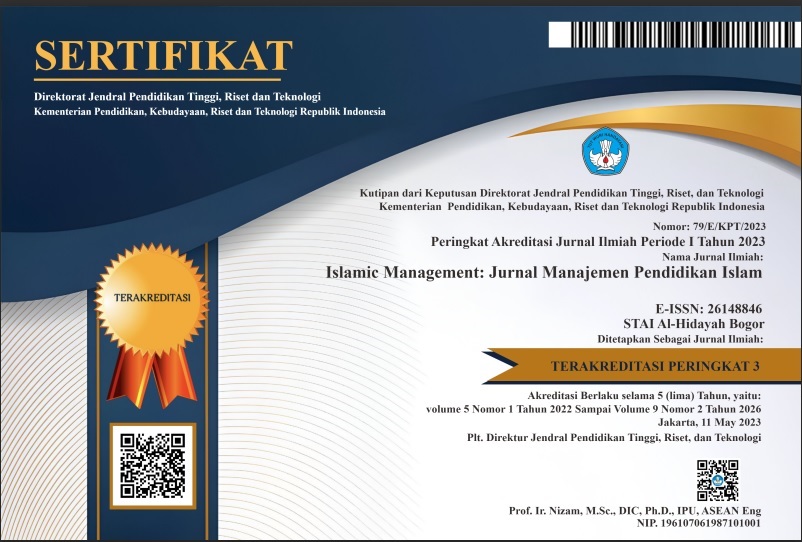IMPLEMENTATION OF ACTIVE LEARNING METHOD IN IMPROVING UNDERSTANDING OF MORAL MATERIAL ON STUDENTS AT SCHOOL
DOI:
https://doi.org/10.30868/im.v8i01.8013Keywords:
Active Learning Method, MORAL MATERIAL , StudentAbstract
This study aims to explore the implementation of active learning methods in improving students' understanding of moral material at school. Active learning is a learning approach that emphasizes students' active participation in the teaching and learning process. In this study, various techniques such as group discussions, simulations, and case studies were used to encourage student engagement. The results show that this method is effective in improving students' understanding of moral concepts, creating an interactive learning atmosphere, and building critical thinking skills. The findings provide important implications for the development of morals learning methods in schools.
References
Bonwell, C. C., & Eison, J. A. (1991). Active Learning: Creating Excitement in the Classroom. Washington, DC: ASHE-ERIC Higher Education Reports.
Johnson, D. W., Johnson, R. T., & Smith, K. A. (1991). Active Learning: Cooperation in the College Classroom. Edina, MN: Interaction Book Company.
Silberman, M. (1996). Active Learning: 101 Strategies to Teach Any Subject. Boston: Allyn & Bacon.
Sugiyono. (2015). Educational Research Methods. Bandung: Alfabeta.
Zaini, H. A., et al. (2008). Active Learning Strategies. Bandung: Humaniora.
Downloads
Published
How to Cite
Issue
Section
Citation Check
License
Copyright (c) 2025 Achmad Khoirul Muchlis, Imam Turmudi, Dwi Puspitarini

This work is licensed under a Creative Commons Attribution-ShareAlike 4.0 International License.
Authors who publish with this journal agree to the following terms:
- Authors retain copyright and grant the journal right of first publication with the work simultaneously licensed under a Creative Commons Attribution License that allows others to share the work with an acknowledgment of the work's authorship and initial publication in this journal.
- Authors are able to enter into separate, additional contractual arrangements for the non-exclusive distribution of the journal's published version of the work (e.g., post it to an institutional repository or publish it in a book), with an acknowledgment of its initial publication in this journal.
- Authors are permitted and encouraged to post their work online (e.g., in institutional repositories or on their website) prior to and during the submission process, as it can lead to productive exchanges, as well as earlier and greater citation of published work (See The Effect of Open Access).






